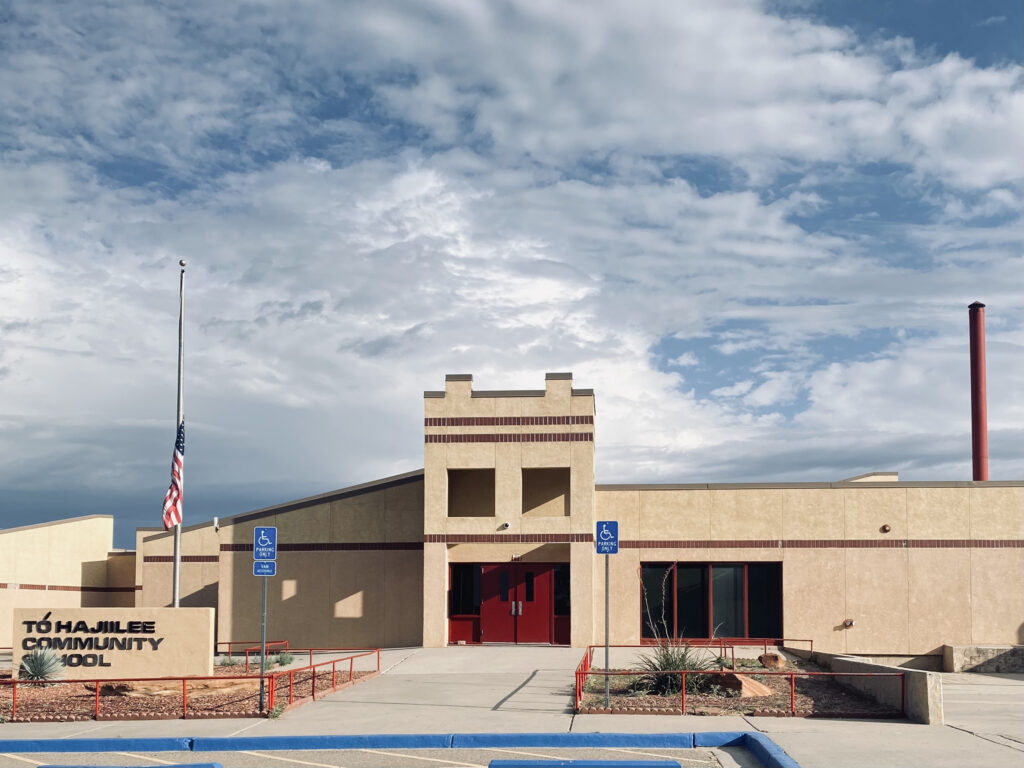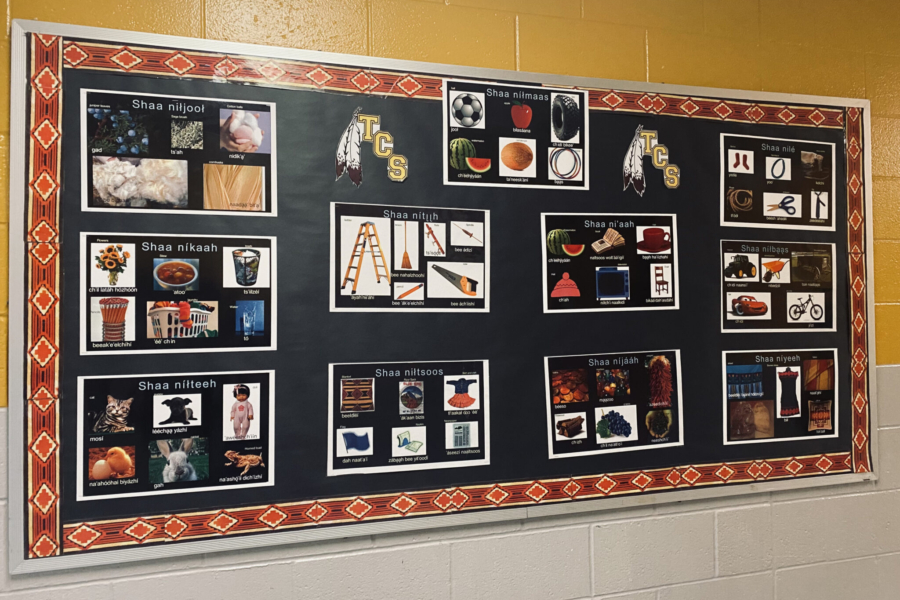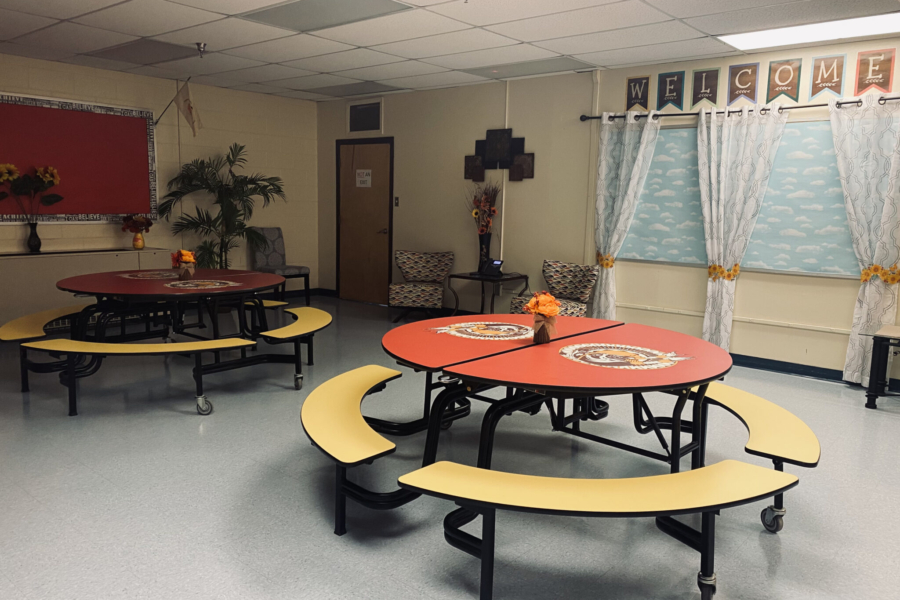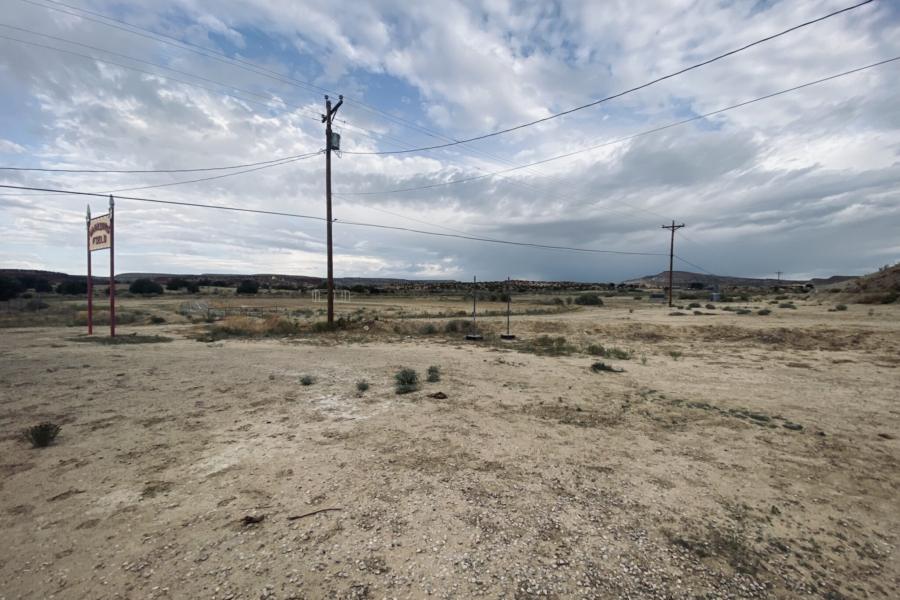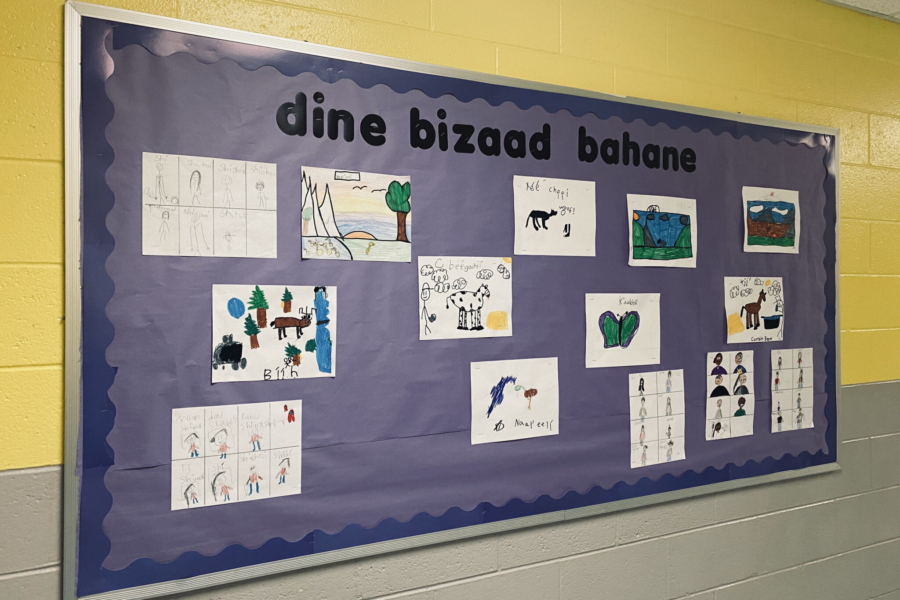It is always a tremendous privilege to have the opportunity to meet the dedicated folks who make our programs possible at their schools. Our U.S. Division checks in with each of our affiliated sites in person about every other year, on average, so that we can stay up-to-date on goings on with our sponsorship program, as well as address and adapt to changing student and school needs. In our travels, we not only tour the schools with which we affiliate, but we also gain great insight into the families and communities they serve.
Even more impressive is that all seniors are required to have taken at least one college course to graduate from the school.
Visiting the Navajo Nation
On a recent trip to visit all of our affiliations in New Mexico, which are in the Navajo Nation, I had the great fortune of meeting Mr. Chapman, School Board Member and Licensed Clinical Social Worker for To’Hajiilee Community School in To’Hajiilee, a small section of the Navajo Nation that is east of the greatest portion of it in the state. Robert was a great fount of information, in particular about the geographic and social challenges that his students face – in particular because of To’Hajiilee’s distance from the larger, mostly connected section of the Navajo Nation in New Mexico.
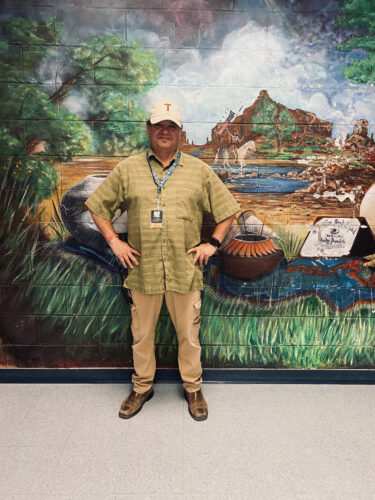
Robert poses in front of a mural in the school.
Mr. Chapman explained that the police and rescue units that attend to emergency matters at To’Hajiilee come from Crownpoint, approximately two hours away — rather than closer Grants or Albuquerque, at about half the distance — due to “bureaucracy”; this small community that encompasses only half a percent of Navajo Nation land lacks a “deal” with the aforementioned towns, or with any closer Navajo communities that are large enough to have their own police and rescue forces.
Seeing the school in person
Mr. Chapman ushered me around a wide-open camel-hued campus comprised of a variety of external buildings and structures, including a hill beside the school track where some buzzards were sunbathing. The school is in dire need of relocation, as it has experienced devastating floods on two occasions. After the first flood, the primary building was condemned, and repairs had to be made to it. A trench system was dug around the property to divert water away from the buildings and structures. When the next torrential rainfall occurred, however, the system only served to exacerbate the flooding, very unfortunately.
As we walked, Mr. Chapman explained to me that for the first time in history, a Navajo Nation school — To’Hajiilee Community School — has been approved to receive a Federal infrastructure grant — and a ninety million-dollar one at that! Mr. Champan shared this information with such feeling because, in addition to the less-than-ideal location of the school on the property, his office is literally a closet. He hopes that the new school building will be finished before his retirement — though he doesn’t see that happening, even though his retirement is not imminent, because those sorts of things are typically slow-going.
The more Children Incorporated-affiliated sites I visit, the more I learn that each school has a culture and community of its own.
Mr. Chapman shared that the Navajo Nation schools have had an influx of retired state employees joining their efforts because they can continue working for the Navajo Nation and still receive their state retirement; this has been instrumental in the student’s education, as these seasoned individuals make great contributions to the general well-being of the schools they arrive to.
Mr. Chapman also explained to me during my visit that even though generational trauma reigns in the Nation, one hundred percent of all seniors in recent To’Hajiilee Community School history have graduated — except in 2021, which was a year severely impacted by COVID-19. Even more impressive is that all seniors are required to have taken at least one college course to graduate from the school.
The importance of culture
As we continued our tour, I found it most interesting to hear from Mr. Chapman that approximately eighty percent of To’Hajiilee Community School graduates stay on the Reservation; while some of them may wish to seek out higher education and employment opportunities elsewhere, parents oftentimes prefer that the young adults stay — even if that signifies a lack of current and future possibilities. Mr. Chapman often finds that parents are too proud to receive assistance and that it can therefore be difficult to help them at times.
He continued to explain that the To’Hajiilee Community School offers integrated learning: the option for students in certain grade levels to take some of their core curriculum classes in their native Navajo language. It also houses traditional practices and celebrates customary holidays, a gesture of the cultural fortitude of both the community families and its students.
As Mr. Chapman and I said our thanks and goodbyes, I found myself thinking about how the more Children Incorporated-affiliated sites I visit, the more I learn that each school has a culture and community of its own. How better to offer education, hope, and opportunity than to empower the very folks who can act on those higher tasks for the benefit of our future: the children.
***
How do I sponsor a child with Children Incorporated?
You can sponsor a child in one of three ways: call our office at 1-800-538-5381 and speak with one of our staff members; email us at sponsorship@children-inc.org; or go online to our sponsorship portal, create an account, and search for a child in that is available for sponsorship.

